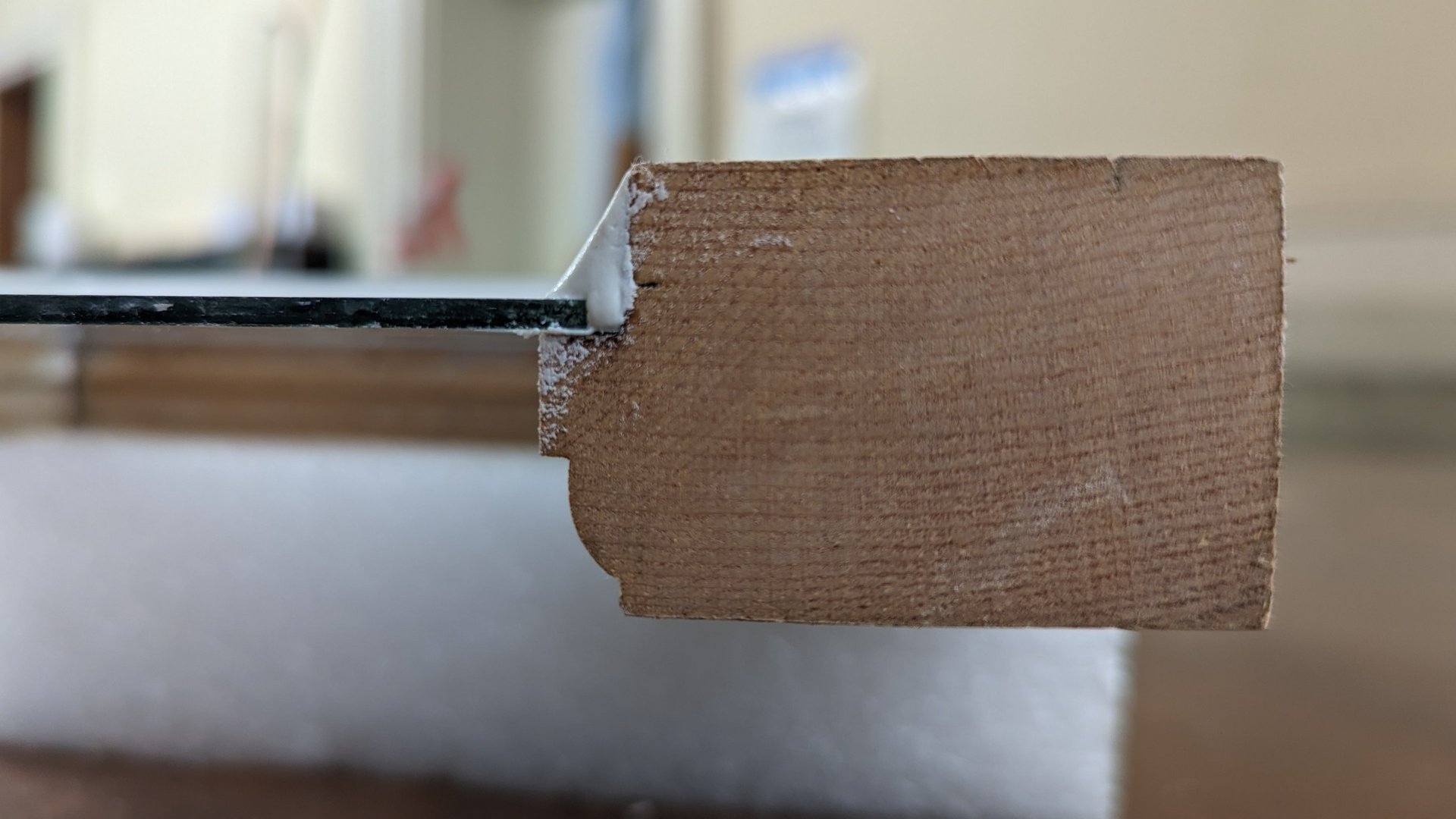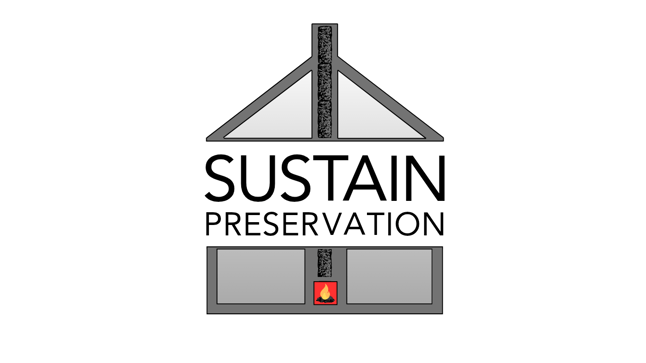About Sustain Preservation LLC
We understand how old buildings are meant to function and can choose from a variety of techniques and materials to best suite each repair. A common mistake made by many non-preservation contractors is the use of modern building materials on older homes without understanding the long term effects. We understand the needs of traditional materials and how to sustain their longevity.
Buildings, especially our oldest, must adapt over time to stay functional, whether it's technological upgrades or design renovations. Even if vastly renovated and the only original materials left are in the exterior walls and foundation, those older wall assemblies will still benefit from thoughtful preservation-minded repairs. Some of us want to save as many original features as possible, and continue use for as long as possible. Whether you are a preservationist at heart or just live in an older building, we're not here to scold anyone. The point is, preservation is a concern for every older building: mostly preserved, mostly remodeled, or anywhere in between. Many people in the greater Philadelphia area live in an older building. We can help you keep the older parts of your building at their best with high-quality, preservation-minded repairs for the old stuff.
Understanding preservation can feel complex sometimes, but Sustain Preservation will simplify the language, avoid jargon, and explain the ideas behind the work, making the process as easy to understand as we can.
Millwork Carpentry Masonry

Tom McPoyle, Sustain Preservation Founder
"I have been working in the preservation trades for over 22 years, starting my career at a preservation firm specializing in decorative painting and fine art conservation. After moving to the Philadelphia area, I was hired by a company that provided high quality generalist services, not specializing in one field but providing services in several types of preservation trade work, all specific to the needs of historic (old) buildings. I was lucky to work with an experienced preservation mentor on some of the city's most iconic buildings repairing woodwork, masonry, and more. The focus was always on understanding the materials (old and new), restoring function, preserving details, and designing repairs for longevity. I started my career as a Conservation Technician and found myself moving on to Conservator and then Director of a team of preservation trade technicians. The preservation trades are a small, niche field and, having presented a number of public workshops over the years, I found many people in need of a preservation contractor and a rather small pool of folks working in this space to recommend. With few to recommend and seeing more colleagues aging out of the profession than joining the field, I felt that creating a local business of skilled restorers would provide a useful service to the Greater Philadelphia area."


22+
Years of experience
100+
Projects to completion
10+
Industry awards won
A few common home repair products to avoid on old buildings.
DO NOT USE
-Pure Portland Cement Mortar-
The strength and inflexibility of common portland cement mortar will eventually damage softer, more porous bricks, stones and the lime-based bedding mortars. The regular use of portland cement began in the early 20th century when simultaneously bricks were manufactured to be harder and less porous. Earlier buildings require softer, more permeable mortars because the brick and stone itself is generally softer and more permeable than portland cement mortar. Pointing mortar needs to be weaker than the brick and stone it surrounds, so when under stress and something needs to break, it is the mortar that breaks and not the brick or stone it adheres to. A softer mortar functions so well in old buildings because it IS NOT STRONGER than the masonry units it holds and supports. After about 30-50 years of slow deterioration to the face of the lime mortar joints, the pointing mortar will need to be replaced, or at lease repaired, under normal conditions. 100% lime mortar comes in a variety of strengths to best suite the application and is always a safer choice for pointing old buildings than portland cement.
Lime-based mortar is slightly flexible so it can withstand a small amount of movement, can self-heal minor cracking, and it allows water vapor to escape easily through the wall.
DO NOT USE
-Impermeable Layer in Wall Assemblies-
The damage starts when excess water builds up behind waterproof coatings, foil backings, spray foam, plastic sheeting, etc. where the water is stopped and cannot easily dry out. Old wall systems want to "breathe", meaning allow water vapor to pass through them, as its a natural process with differences in humidity, air pressure, and temperature between the inside and outside of a building. Walls in older buildings should be repaired/renovated in ways allowing this natural process to occur. When an impermeable plastic, foil or foam is installed, the water still travels through the rest of the wall until it hits that impermeable surface, where it builds moisture. The kind of damage will depend on where the impermeable surface is, but trapping water always leads to damage.
In fact, research has shown that waterproofing is misunderstood in general and impermeable coatings, linings, and fillers harm many newer buildings as well.
DO NOT USE
-So Many Adhesives-
Adhesive products are a huge industry and there are tons of options at the local hardware store. But the unnecessary use of adhesives to fasten materials can make future repairs more difficult and costly. New flooring glued down over older wood floors means removal will likely destroy the older floorboards underneath, even if they are in great shape. Adhesives gluing brick veneers to plaster walls make their removal slow and painful when the the fad has passed. The confusion begins with the way adhesives are recommended and marketed for so many product installations. The assumption in modern thinking is that when that thing is removed, it will be time for everything around it to be demo'd and rebuilt new. Preservation works against that kind of throw-away culture. Preservation is about maintaining something of quality for as long as possible. If you want to preserve something, it needs to be designed for maintenance to create longevity.
Adhesives, especially epoxies, play an important role in repairing older woodwork with limited damage. Many repairs to old windows and doors would not be possible without modern adhesives. The best wood repairs only use adhesives to attach new material onto a damaged piece, Adhesives shouldn't be substituted for fasteners or joinery when maintenance and longevity are the goals.
